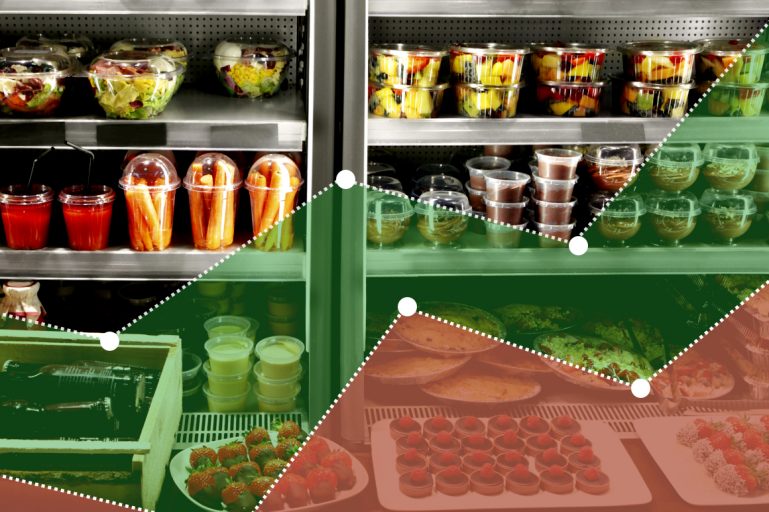
Using Your POS Software to Identify Product Lines That Are Killing Your Profits
Sometimes you can know what’s selling most in your business by simply paying attention to what’s flying out your door. But more often than not, hard analysis of your sales data and your profit margins are what contribute to your success.
Here are some ways that you can use your POS Software to spot the winners and losers.
Would you rather make $100 or $10 in revenue? Most people would agree that they’d prefer $100. The data driven business owner would say that it depends. They would ask how much it will cost them to earn that revenue. I would rather buy Product A for $2 and sell it for $10 than buy Product B for $99 and sell it for $100. I’d make $8 on the first product and $1 on the second. The amount of money you pay for your products is your Cost of Goods Sold (COGS). Your POS Software should provide both your COGS and gross profit across every item that you sell.
Gross Profit vs. Profit Margin
So we’d rather make more money than less money, right? Pretty simple. What if I paid $92 for Product B? Now I’m making $8 on both Product A and Product B so the gross profit is the same. The answer is still Product A because my profit margin is 80% compared to 8%. Profit margin is the percentage of the sale price that you keep as profit. I could buy 46 units of Product A for the same investment that is required for 1 unit of Product B. I would then sell those units of Product A for a gross profit of $368 compared to $8 for the one unit of Product B. Your POS Software should show you your profit margin across every product that you sell.
Opportunity Cost
Let’s switch it up a bit; both products now have the same profit margin and generate the same amount in gross profit. The difference now is that one takes up twice the amount of space in your shop as the other. There is an opportunity cost involved when it comes to stocking larger products. By displaying a given product in your business, you incur an opportunity cost – you lose the opportunity to do anything else with the space that you use to display the product. Products that are physically larger will incur a larger opportunity cost than smaller products. If you generate the same margins and profit from two products, and they sell equally well, then it makes more sense for you to carry the smaller one, as you can keep more of it in stock.
How to Use POS Software to Leverage These Concepts
These concepts are very simple when examining individual products, but you will need to use POS Software to see how you are doing across your entire business. Good POS software will allow you to identify which products are selling, their gross profit, and should be able to provide a breakdown of COGS and profit margins over time. You should also be able to separate items into different groups based on size – to evaluate the extra profits and sales that you are generating in exchange for the opportunity costs of larger items. Using the data from your POS software and the concepts in this article, will help you take your bottom line and your business as a whole to the next level.
Want to try ShopKeep for yourself?
Just answer a few easy questions.
Need help finding the right point of sale?
Just complete the form. We’ll call you right back to explain how ShopKeep can work for you.
Hit the ground running.Sprinting, in fact!
Read our free, comprehensive guide, Small Business 101, to learn all you need to know about starting a thriving business.

